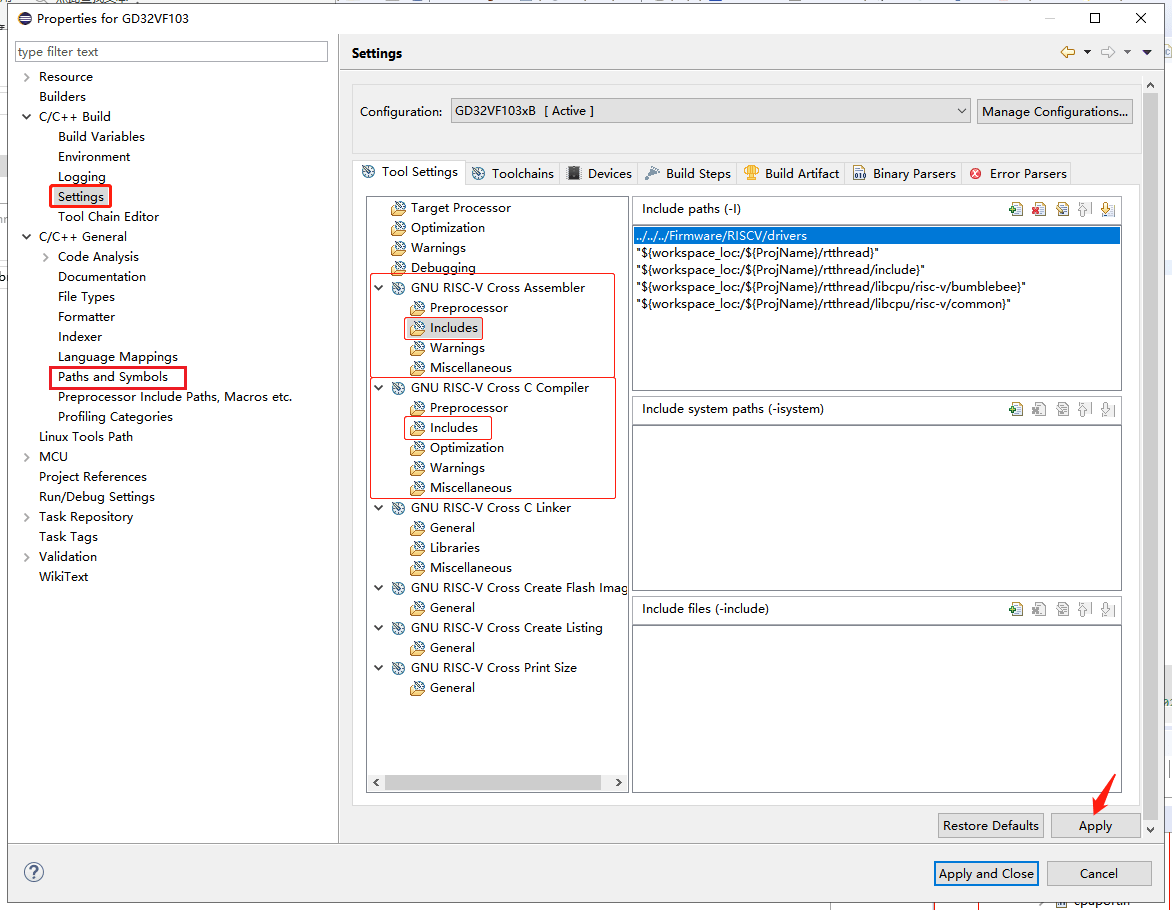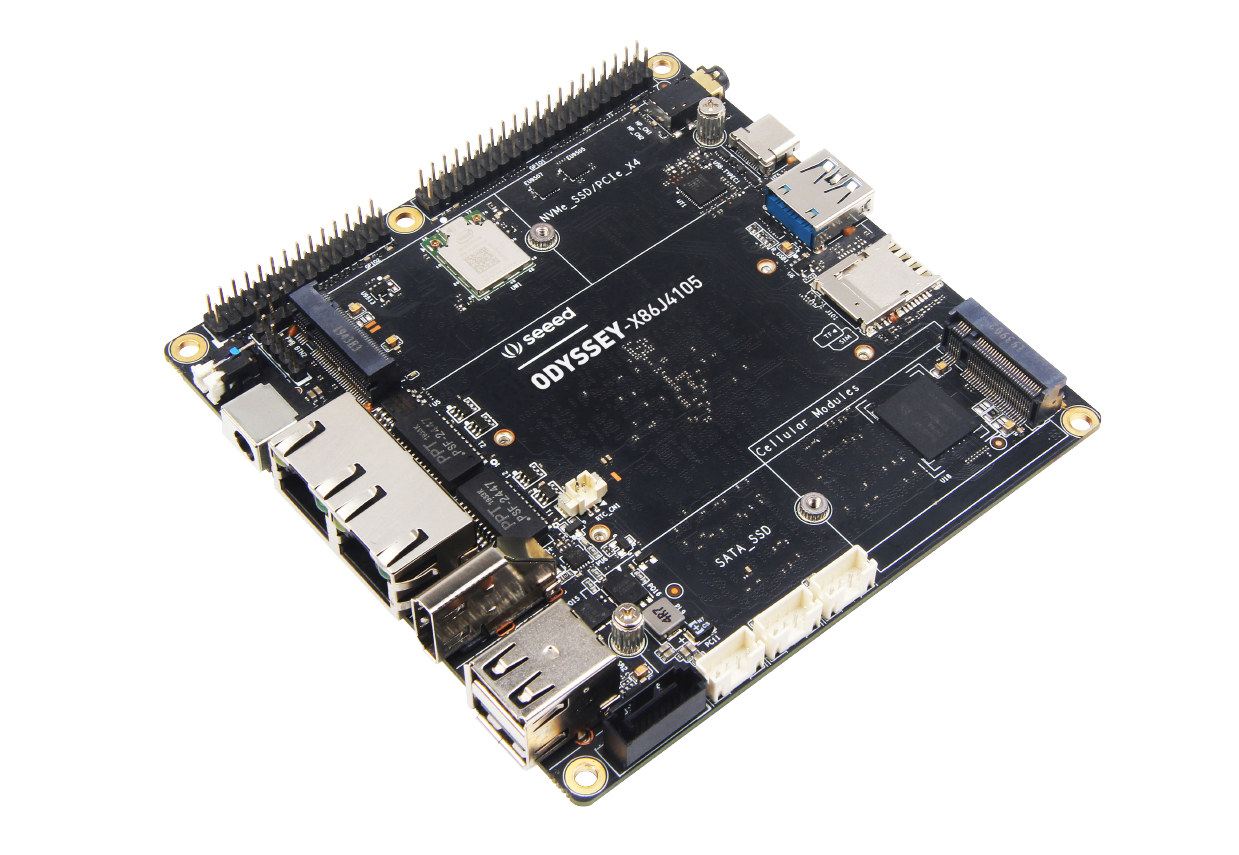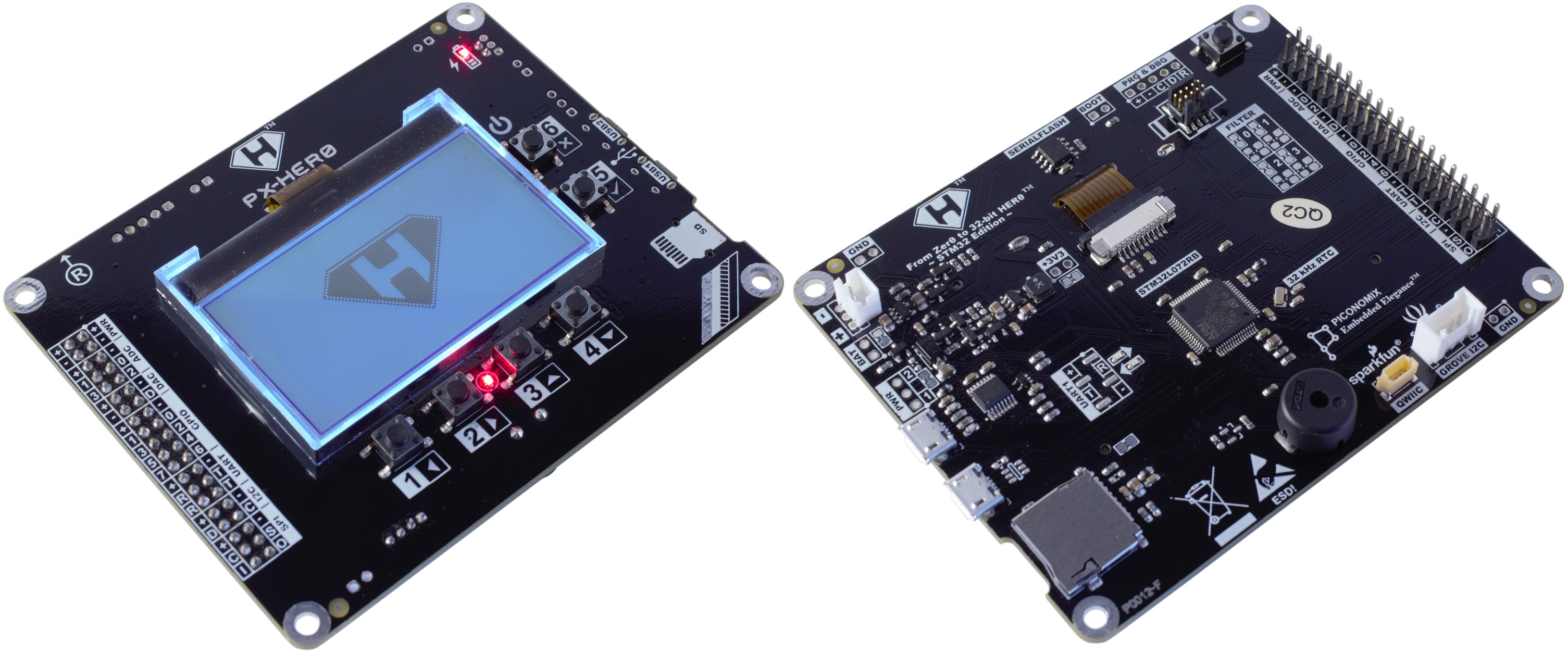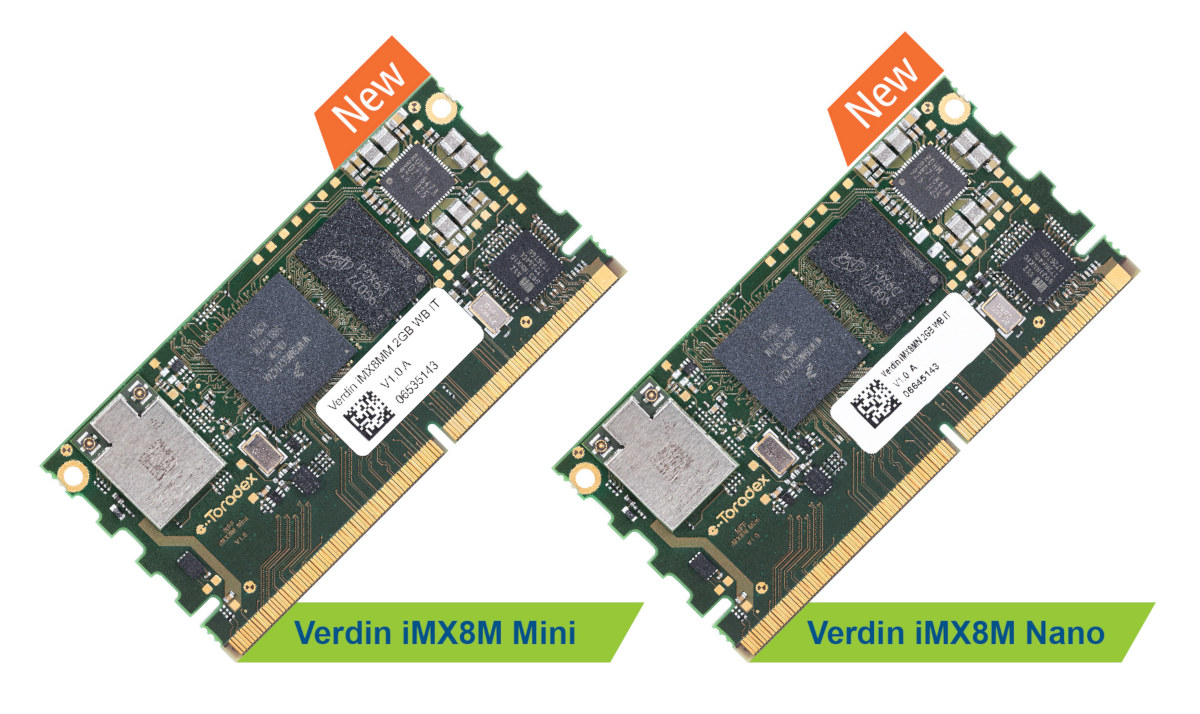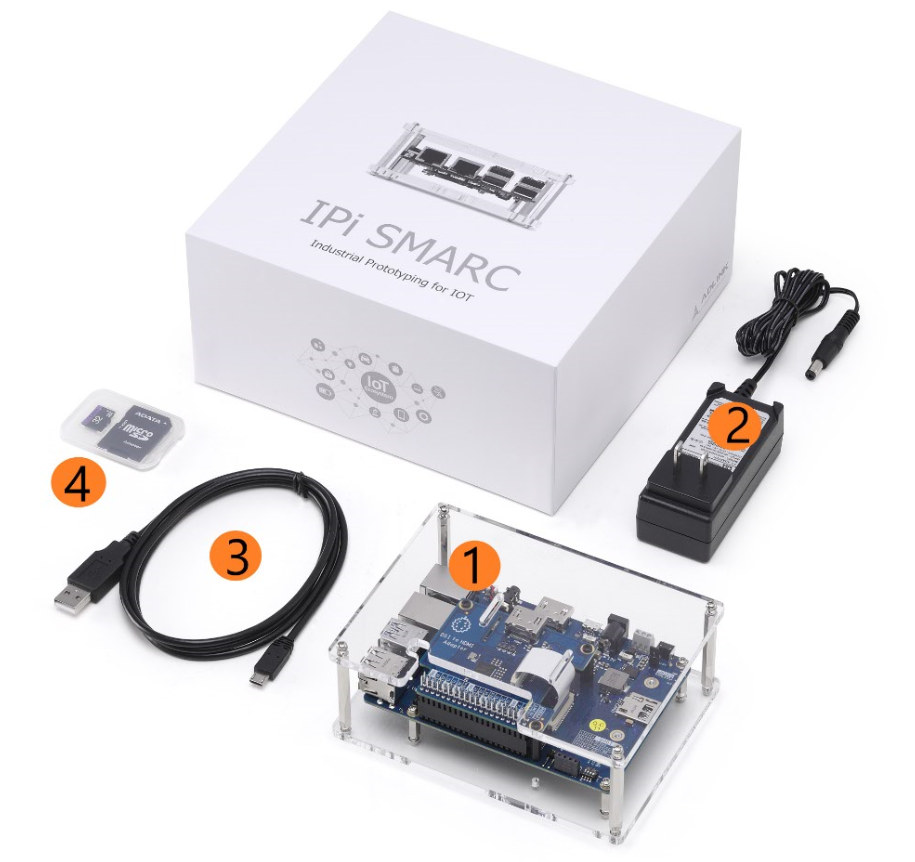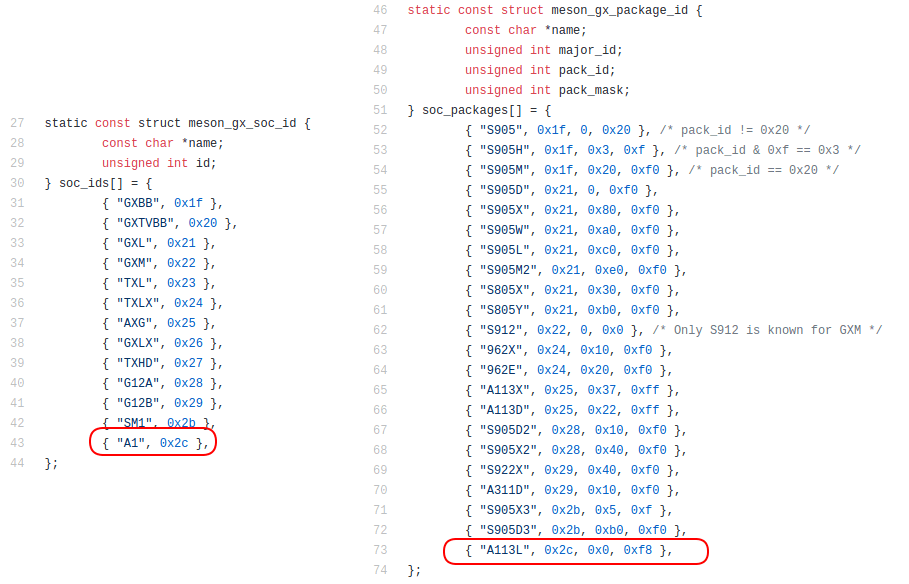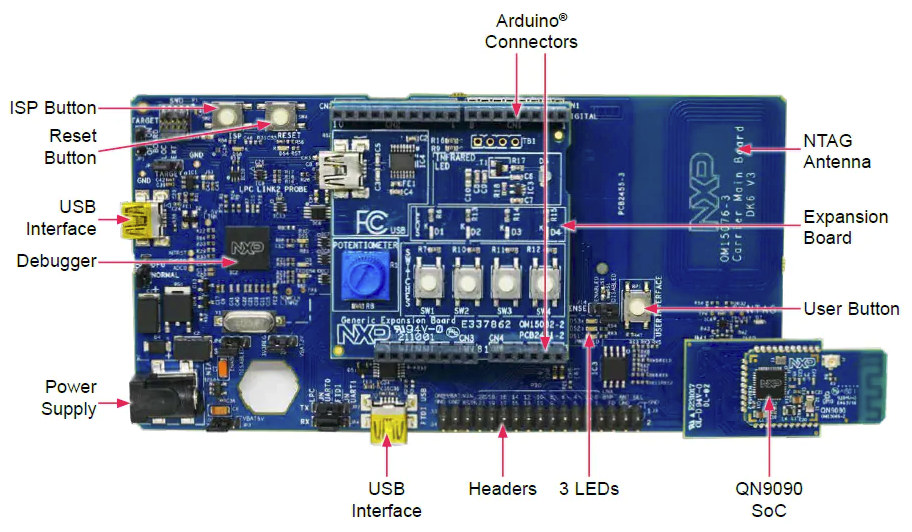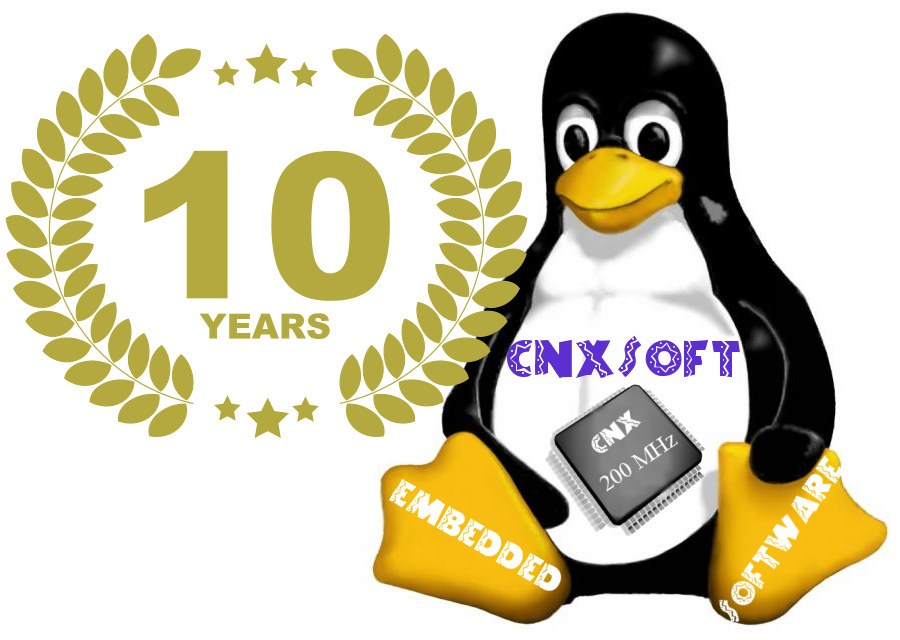CNXSoft: This is a guest post by RT-Thread explaining how to create your first program running on their real-time operating system using a GD32V RISC-V MCU board as an example. This article describes how to “port” RT-Thread Nano to the RISC-V architecture, using the Eclipse IDE, GCC toolchain, and a basic project for the Gigadevice GD32V103 MCU. Foreword RT-Thread is an open-source embedded real-time operating system. RT-Thread has a standard version and a Nano version. The standard version consists of a kernel layer, components and service layer, and IoT framework layer, while the Nano version has a very small footprint and refined hard real-time kernel, better suited to resource-constrained microcontroller units (MCU). The main steps for porting Nano are as follows: Prepare a basic Eclipse project and get the RT-Thread Nano source code. Add the RT-Thread Nano source code to the base project and add the corresponding header path. Modify […]
ODYSSEY-X86J4105800 SBC Combines Intel Gemini Lake SoC and Arduino Compatible MCU
Would it be good to have an all-in-one Windows platform used to both develop Arduino code and run that code to control I/O of your project? Or alternatively, have a single board computer capable of video processing and real-time I/Os? That platform already exists. UDOO X86 II SBC features an Intel Braswell processor combined with an Arduino Leonardo compatible Microchip ATmega32U4 MCU. But there’s now another, more powerful option courtesy of Seeed Studio with the oddly named ODYSSEY-X86J4105800 SBC equipped with an Intel Celeron J4105 quad-core Gemini Lake processor to run Windows 10 or Linux distributions, and a Microchip SAMD21 ARM Cortex-M0+ microcontroller compatible with Arduino Zero. ODYSSEY-X86J4105800 SBC specifications: SoC – Intel Celeron J4105 quad-core processor @ 1.5/2.5 GHz (Turbo) with 12EU Intel UHD Graphics 600 @ 250-750 MHz; 10W TDP System Memory – 8GB LPDDR4 RAM Storage Optional 64GB eMMC flash (fitted to ODYSSEY-X86J4105864 model), 1x SATA III data […]
PX-HER0 ARM Cortex-M0 Development Board and Ecosystem is for Beginners and Veterans (Crowdfunding)
PX-HER0 ARM Cortex Development Board and Ecosystem Piconomix is offering an embedded Arm Cortex-M0 development board that is aimed at the education, beginner maker, and enthusiast crowd. The PX-HER0 is a development board with an ecosystem of sourcing materials for learning the entire ARM structure through an open-source C library and full documentation. The Basics of the Board The PX-HER0 is a low-power board, running an STM32 MCU with an Arm Cortex-M0 core. There is an LCD Display, that is viewable even in direct sunlight, and the entire package is lightweight and very functional. Mass Storage To activate the bootloader, a double-tap of the RESET button, and the mass storage drive HERO-BOOT appears in the host computer. Drag and Drop are active and the UF2 file can be dragged right to the drive. The Ecosystem The ecosystem for the PX-HER0 is backed by an extensive C Library and documentation […]
Toradex Launches New Verdin Arm SoM Family Starting with iMX8M Mini/Nano Modules
So far, Toradex had two Arm-based system-on-module families with the smaller, lower-power Colibri and more powerful Apalis modules. The Colibri form factor was first defined in 2005, and the company is still maintaining it, but since then new interfaces have emerged, so Toradex has now designed a new low-power module family called Verdin. Toradex Verdin modules offer more I/Os with a 260-pin edge connector, include a battery-ready design with a wide input voltage range (3.3 to 5V), low power 1.8V IOs, the ability to easily extend power management to carrier board peripherals, and off-the-shelf thermal solutions. The modules are also tested for EMC, shock and vibration tolerance, and “Toradex Direct Breakout” is said to simplify signal routing on carrier boards as high speed, impedance critical signals are routed from the source IC to the edge connector on the Verdin module in such a ways to limit complexity on the carrier […]
ADLINK Industrial-Pi (I-Pi) SMARC Development Kit Features Rockchip PX30 SoC
ADLINK Technology has just announced the Industrial-Pi (I-Pi) SMARC Development Kit to help engineers quickly design prototypes for industrial applications using peripherals and sensors. The I-Pi SMARC development kit is comprised of a baseboard, LEC-PX30 SMARC-compliant Rockchip PX30 system-on-module, an acrylic case, a 12V/2A power supply, USB cable, and a 32GB MicroSD card. The company promotes the kit as “an industrial-ready substitute for Arduino and Raspberry Pi (RPi) platforms that are commonly used for prototyping but cannot typically be ‘dropped’ into an industrial solution as-is“. LEC-PX30 SMARC System-on-Module Specifications: SoC – Rockchip PX30 Quad-core Arm Cortex-A35 CPU with TrustZone technology, ARMv8 Cryptography Extensions, Mali-G31 GPU System Memory – 1GB or 2GB DDR3L at 1066/1333 MHz Storage – 8, 16, 32 or 64 GB eMMC flash Connectivity – 10/100M Ethernet from SoC, 10/100M Ethernet via LAN9514 USB 2.0 Ethernet controller Video Decoding – H.264 up to 1080p60, H.265/HEVC up to 1080p60, […]
Amlogic A113L Dual-Core Cortex-A35 Processor Targets Smart Audio and IoT Applications
Over two years ago, we reported about Amlogic A111, A112, A113 processors designed for audio applications such as smart speakers. A111 features four Cortex-A5 32-bit core, while A112 and A113D/A113X processors come with four Cortex-A53 cores instead. We have not heard much about those since then, but all those processors are still listed on Amlogic website, A112 is supposedly used in Xiaomi AI smart speaker, and Amlogic A113X1 Far-Field Dev Kit is still listed on Amazon’s list of devkits for Alexa voice service, but currently out of stock. Amlogic has been working on a more cost-efficient processor for smart audio and IoT applications with Amlogic A113L dual-core Cortex-A35 processor shown as Meson A1 in the Linux source code. It was just added in Linux 5.5. We don’t have much information about it, but it’s interesting as it’s the first Cortex-A35 processor from the company, and it targets the same smart […]
NXP QN9090 & QN9030 Bluetooth 5.0 SoC’s Come with Optional NFC Tag (NTAG)
NXP has recently announced the availability of its QN9090 and QN9030 Bluetooth 5.0 SoC with optional support for 802.15.4, Multiprotocol RF, and NFC technology. Both devices are powered by an Arm Cortex-M4 core clocked at 48MHz, but differ in terms of on-chip storage and memory with QN9090 equipped with 640KB flash and 152 KB SRAM, against 320KB flash and 88KB SRAM for QN9030. The “T” versions – QN9090T and QN9030T – add NFC integrated on-chip, enabling Bluetooth pairing by tapping a smartphone, tablet or other NFC reader device without the need for a battery-powered NFC tag. NXP QN9090(T) & QN9030(T) Bluetooth 5.0 SoCs Key features and specifications: CPU – Arm Cortex-M4 up to 48MHz Built-in Memory & Storage QN9090(T) – 640 KB flash, 152 KB RAM, 128 KB ROM QN9030(T) – 320 KB Flash, 88 KB RAM, 128 KB ROM External Storage – Quad-SPI for execute in place or data […]
CNX Software is 10 Years Old – Top 10 Posts of the Last Decade
Around 10 years ago, I decided it might be a good idea to have an online presence. At the time, I just thought I would write from time to time, and I had no idea it would eventually become my main activity. My very first post was on February 14, 2010 about software development tools such as CVS and Bugzilla. That means today is the 10th anniversary of CNX Software website! So I thought it might be fun to look at the most popular posts of the last ten years. I only installed Google Analytics sometimes in 2011, but it should not affect the results since I did not have many readers at the time, and the post that really started to bring more visitors, and made me switch from a $1 monthly hosting plan to a VPS, was “74 USD AllWinner A10 Android 4.0 Mini PC” published in May […]


